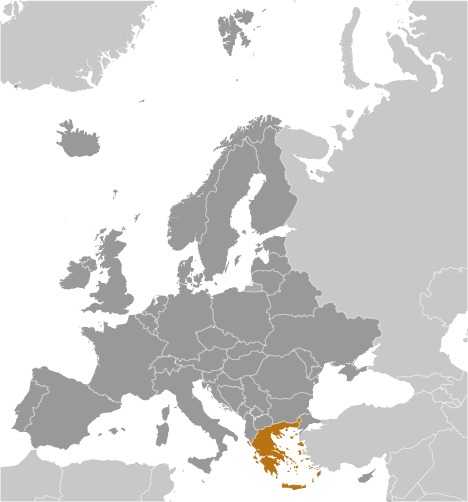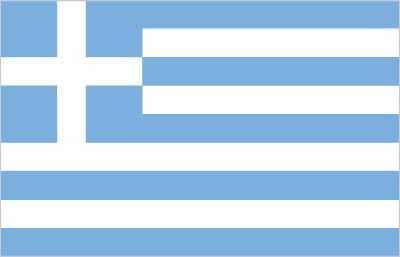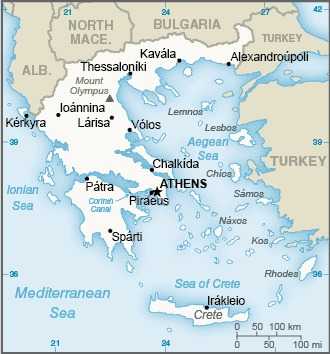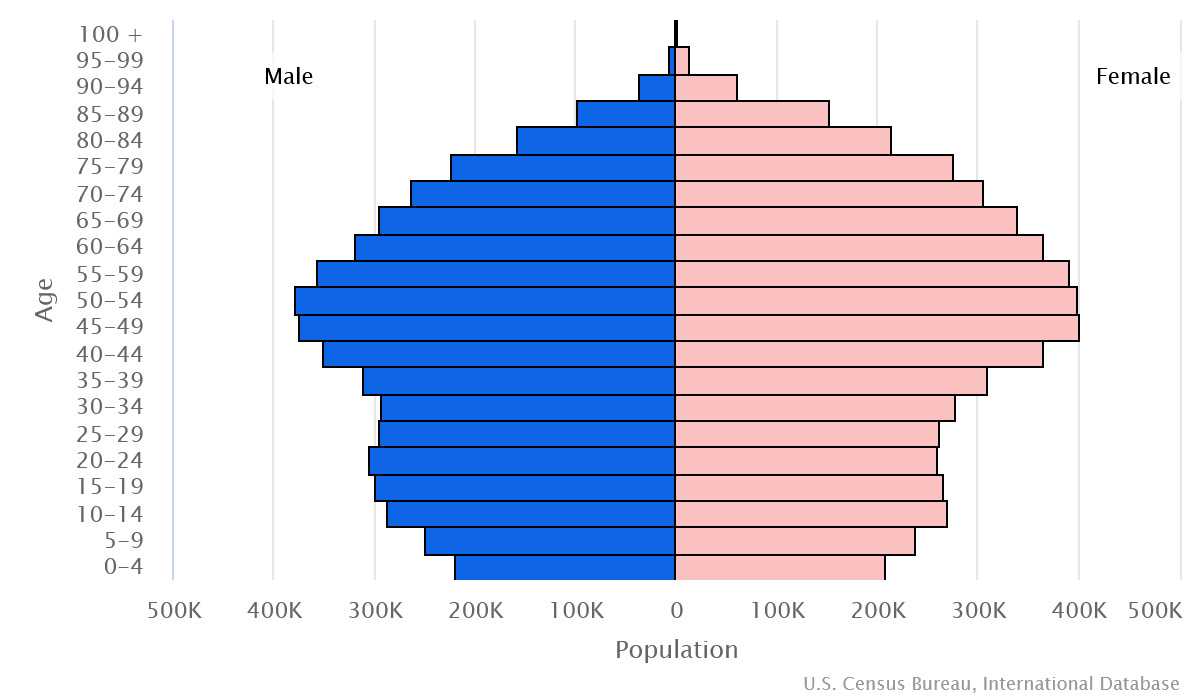Introduction
Background
Greece achieved independence from the Ottoman Empire in 1830 and became a kingdom. In 1974, it became a parliamentary republic and abolished the monarchy. In 1981, Greece joined the EU.
Geography
Area
total: 131,957 sq km
land: 130,647 sq km
water: 1,310 sq km
Climate
temperate; mild, wet winters; hot, dry summers
Natural resources
lignite, petroleum, iron ore, bauxite, lead, zinc, nickel, magnesite, marble, salt, hydropower potential
People and Society
Population
total: 10,461,091
male: 5,117,862
female: 5,343,229 (2024 est.)
Ethnic groups
Greek 91.6%, Albanian 4.4%, other 4% (2011 est.)
Languages
Greek (official) 99%, other (includes English and French) 1%
Religions
Greek Orthodox 81-90%, Muslim 2%, other 3%, none 4-15%, unspecified 1% (2015 est.)
Population growth rate
-0.35% (2024 est.)
Government
Government type
parliamentary republic
Capital
name: Athens
Executive branch
chief of state: President Ekaterini SAKELLAROPOULOU (since 13 March 2020)
head of government: Prime Minister Kyriakos MITSOTAKIS (since 26 June 2023)
Legislative branch
description: unicameral Hellenic Parliament or Vouli ton Ellinon (300 seats; 280 members in multi-seat and single-seat constituencies and 15 members - including 3 seats for Greek diaspora - in a single nationwide constituency directly elected by open party-list proportional representation vote; members serve up to 4 years); note - only parties surpassing a 3% threshold are entitled to parliamentary seats; parties need 10 seats to become formal parliamentary groups but can retain that status if the party participated in the last election and received the minimum 3% threshold
Economy
Economic overview
tourism- and shipping-based EU economy; clientelism economic culture and systemic corruption; new structural reforms for fiscal solvency; high public debts and unemployment; increasing Chinese port control; oil and gas disputes with Turkey
Real GDP (purchasing power parity)
$330.579 billion (2022 est.)
$313.175 billion (2021 est.)
$288.961 billion (2020 est.)
Real GDP per capita
$31,700 (2022 est.)
$29,600 (2021 est.)
$27,000 (2020 est.)
Agricultural products
maize, olives, wheat, milk, peaches/nectarines, oranges, tomatoes, grapes, milk, potatoes
Industries
tourism, food and tobacco processing, textiles, chemicals, metal products; mining, petroleum
Exports
$106.189 billion (2022 est.)
$87.521 billion (2021 est.)
$59.022 billion (2020 est.)
Exports - partners
Italy 10%, Germany 7%, Turkey 5%, Cyprus 5%, Bulgaria 5% (2019)
Exports - commodities
refined petroleum, packaged medicines, aluminum plating, cotton, cheese, copper piping (2021)
Imports
$127.82 billion (2022 est.)
$103.532 billion (2021 est.)
$71.758 billion (2020 est.)
Imports - partners
Germany 11%, China 9%, Italy 8%, Iraq 7%, Russia 6%, Netherlands 5% (2019)
Imports - commodities
crude petroleum, refined petroleum, packaged medicines, cars, ships (2019)
Exchange rates
euros (EUR) per US dollar -
Exchange rates:
0.95 (2022 est.)
0.845 (2021 est.)
0.876 (2020 est.)
0.893 (2019 est.)
0.847 (2018 est.)
Page last updated: Wednesday, May 01, 2024




